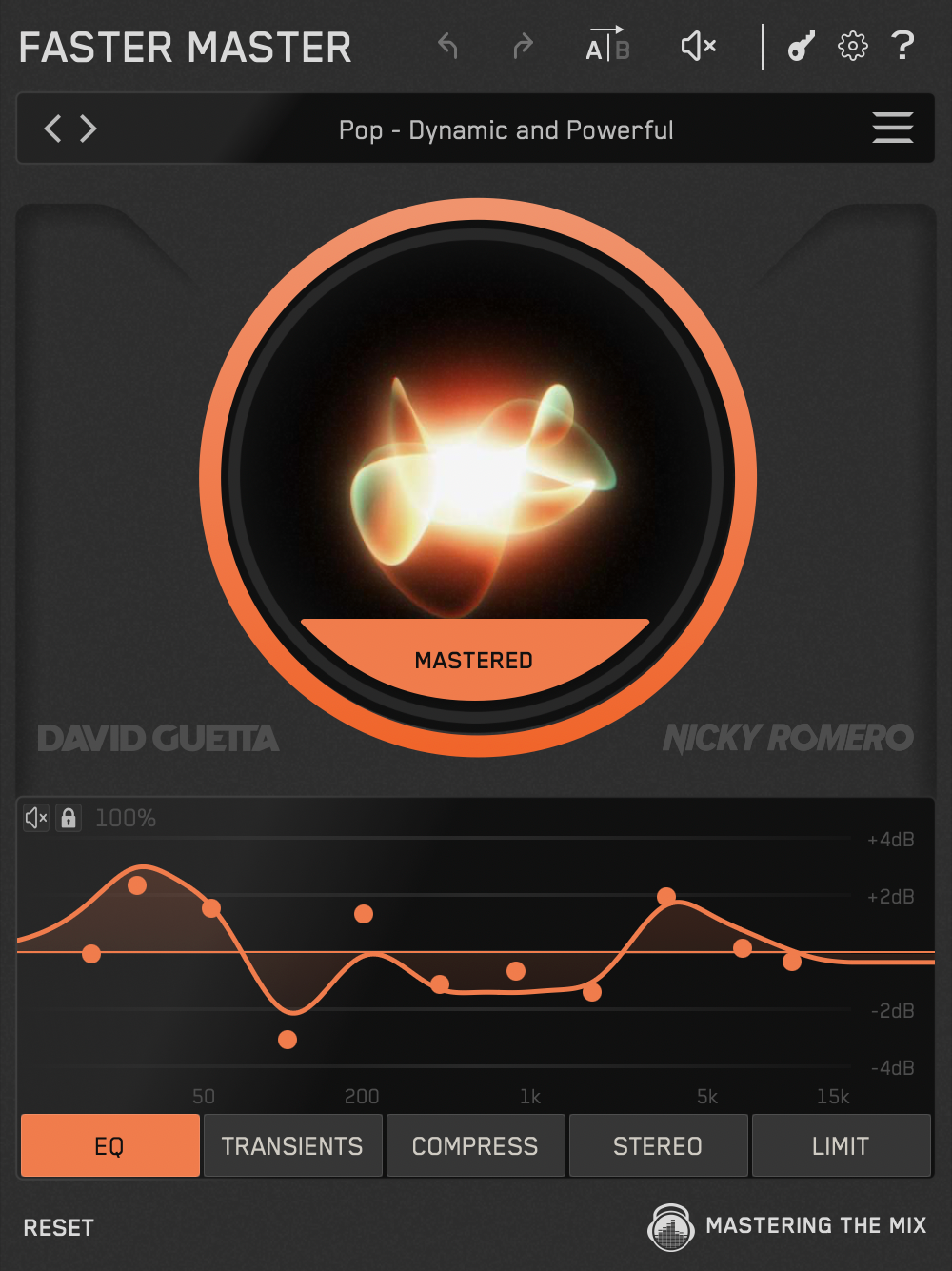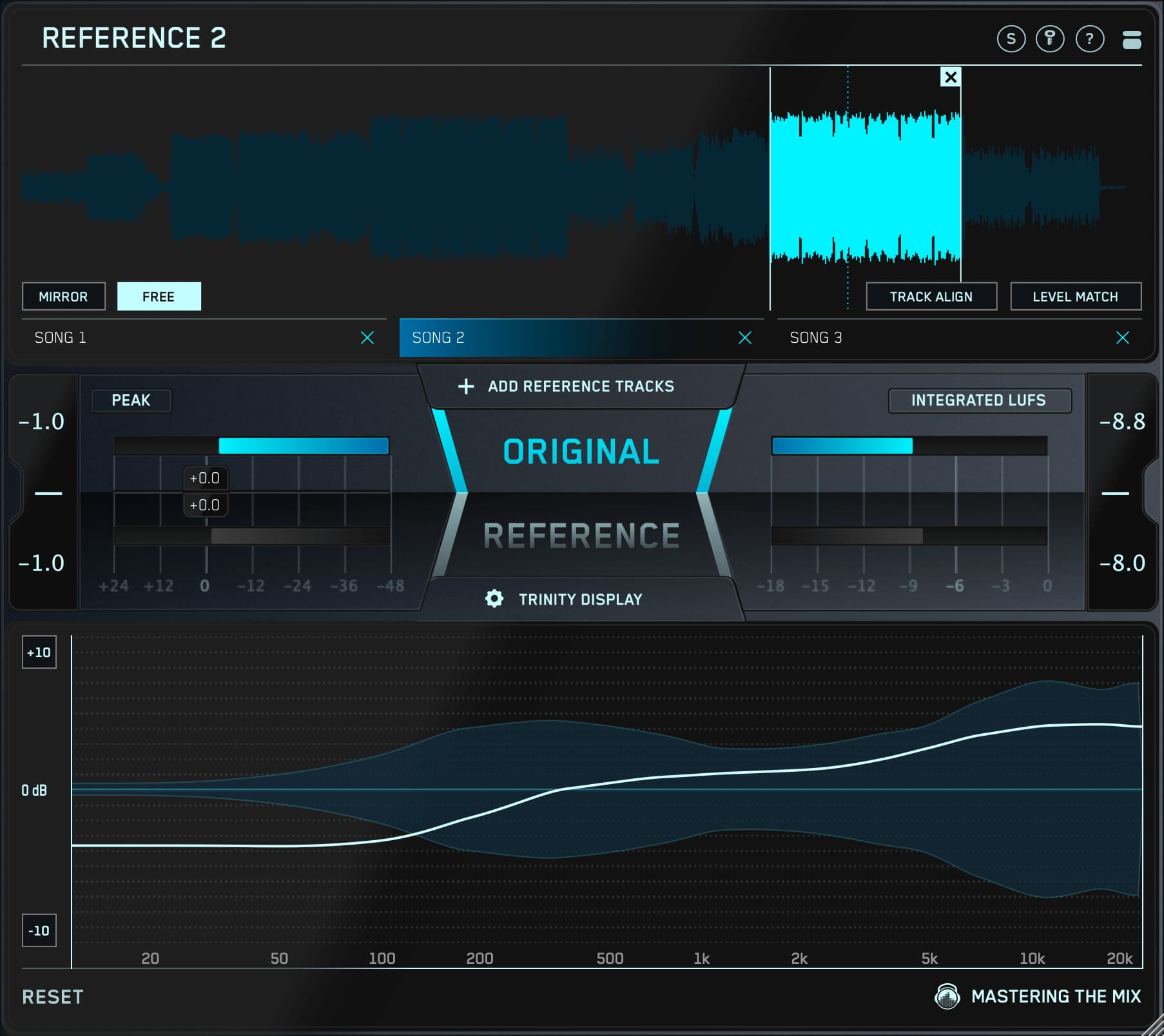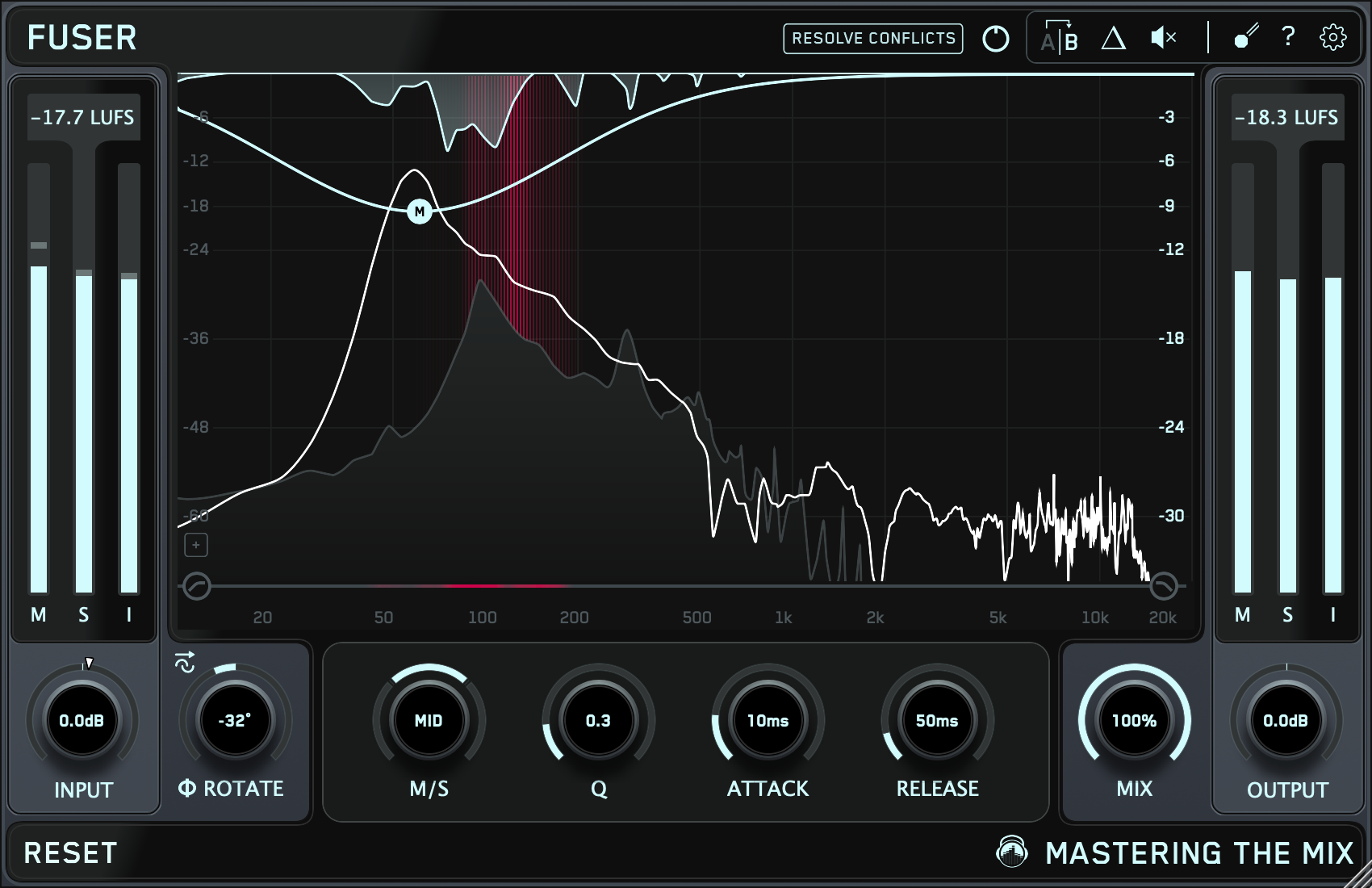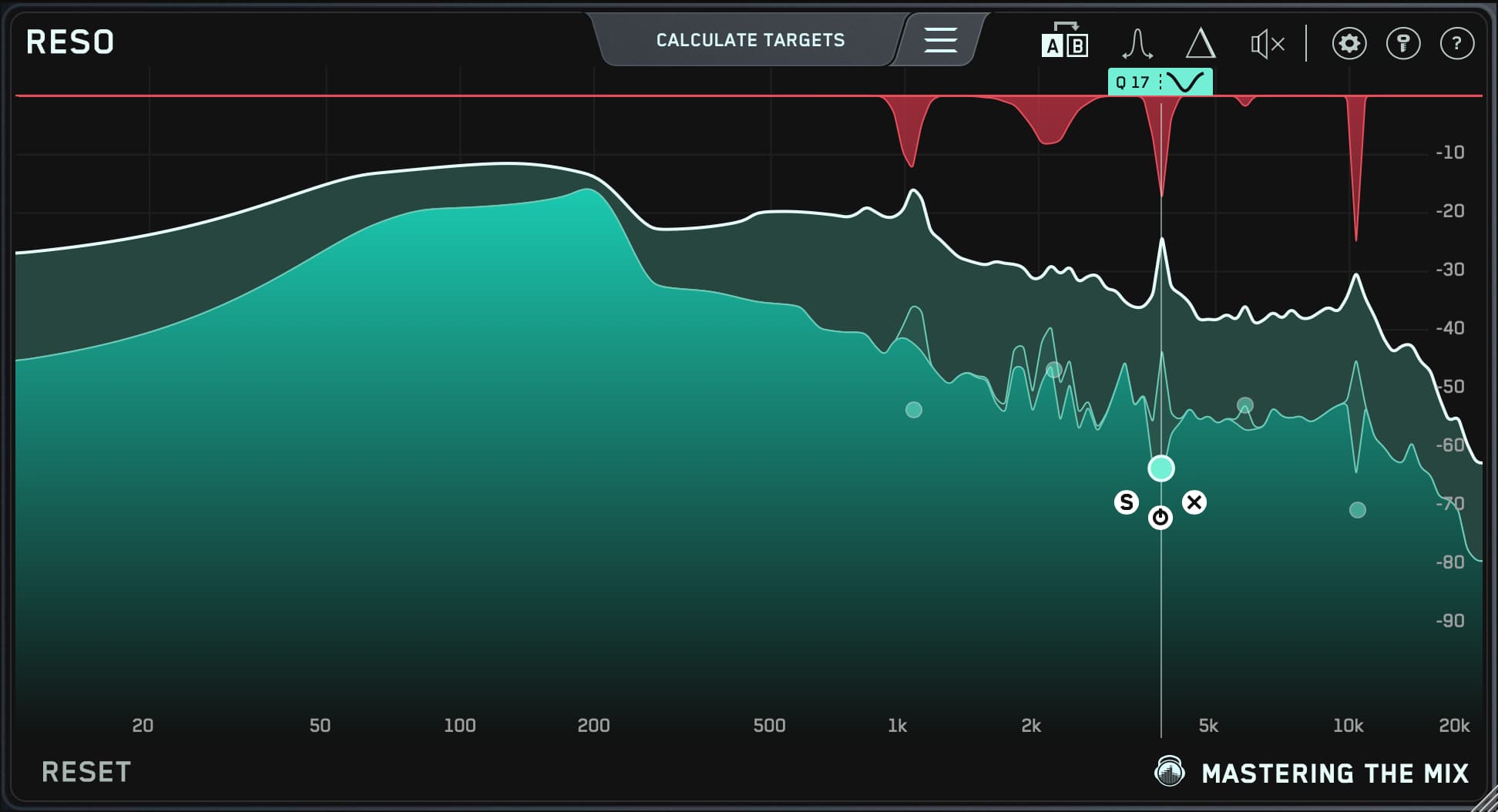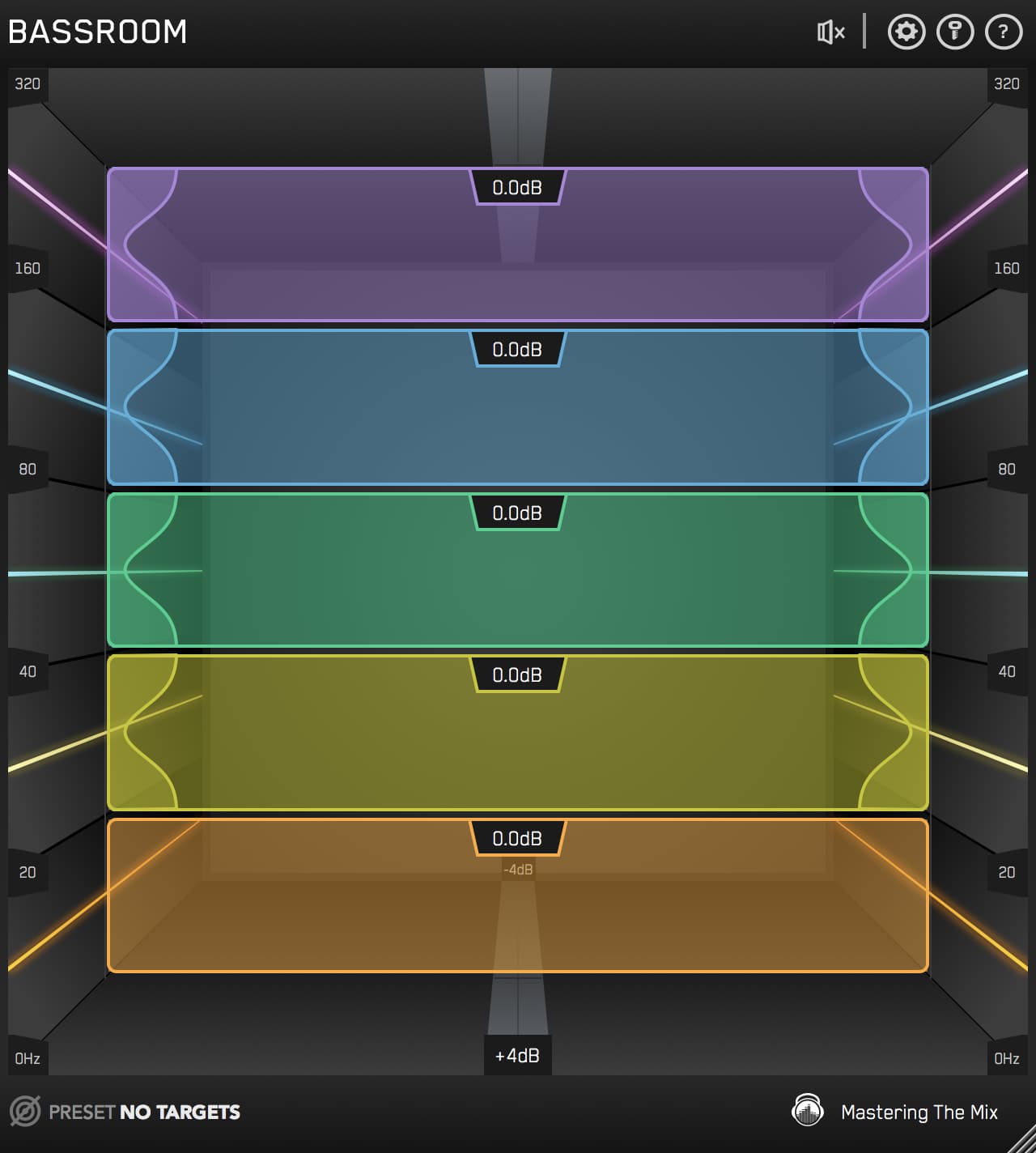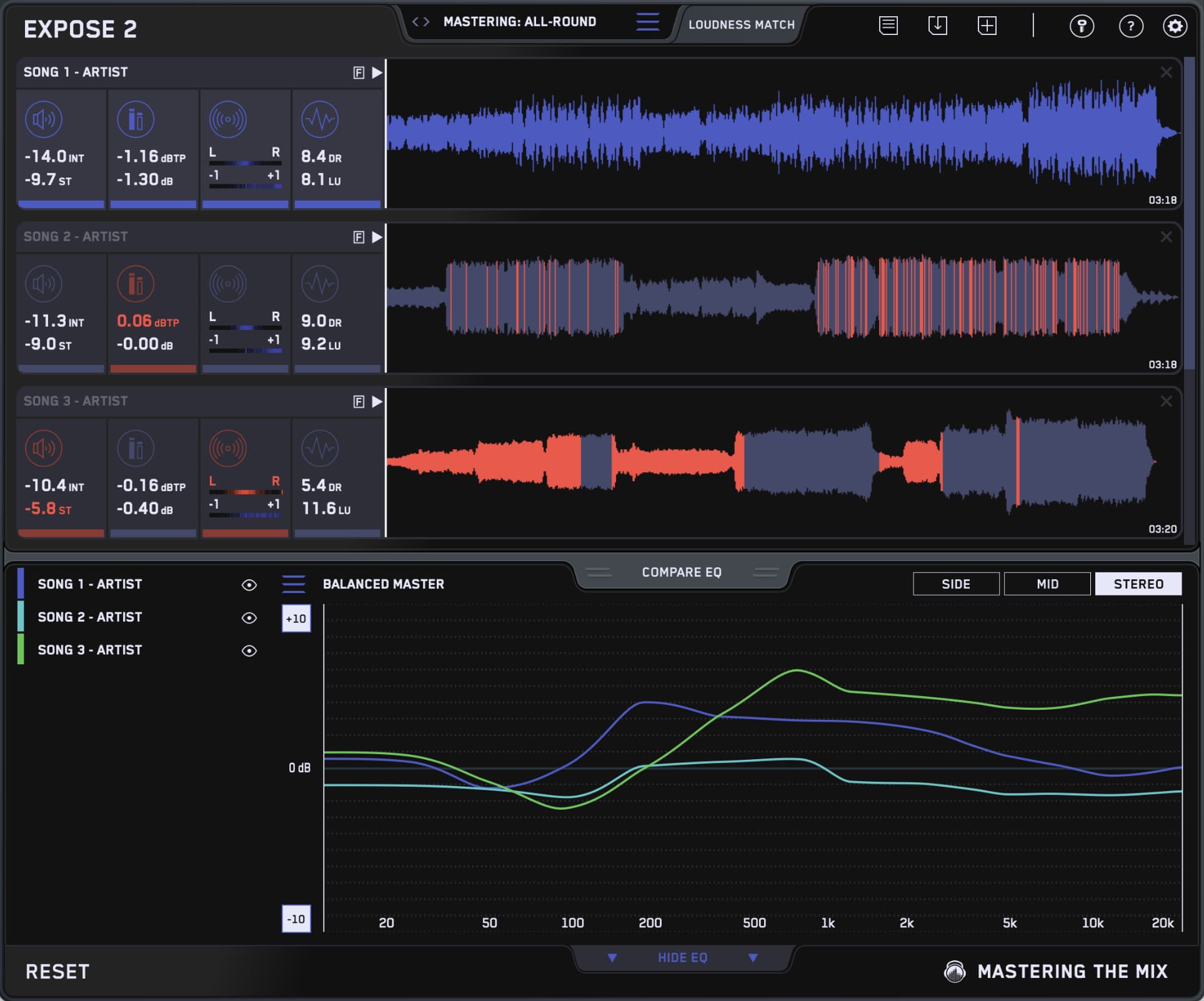Mastering isn’t just about making your track louder; it’s about knowing how loud is loud enough. Push it too far, and you lose punch, clarity, and trust with listeners (and platforms like Spotify will turn you down anyway).
In this post, you’ll learn how to train your ears to recognize the right loudness, not just rely on meters. With the help of FASTER MASTER, you’ll discover how to hit industry targets, compare your music to references like a pro, and make mastering decisions that sound great everywhere.
If you’ve ever doubted whether your master is “too loud,” this is your shortcut to clarity, confidence, and release-ready results.

The Dangers of Going Too Loud
Loudness sells, but only when it’s done right. Go too far, and your track suffers: crushed transients, smeared punch, lost dynamics, and a fatiguing, brittle tone that turns listeners away. Worse still? Platforms like Spotify, YouTube, and Apple Music will turn it down anyway, using loudness normalization, leveling the playing field and exposing the flaws of an overcooked master.

So why do most producers still master loud? Because it works... when it’s controlled. A -6 LUFS Max Short-Term master (the default in FASTER MASTER) is still the industry benchmark for club-ready, playlist-popping punch. But if your track starts sounding aggressive or lifeless, FASTER MASTER lets you dial back with a click, exploring gentler targets like -7, -8, or -9 LUFS Max Short-Term to find your perfect balance.
One more critical point: when you're mastering for streaming, always leave headroom. Tracks that peak at 0 dBTP are at risk of clipping and distortion during transcoding, especially when converting to AAC, Ogg Vorbis or MP3. That’s why FASTER MASTER includes output ceiling control and true peak limiting. Set your output ceiling to -1 dBTP, turn on true peak limiting, and you’ll avoid artifacts that can sabotage an otherwise perfect master.

Mastering too loud isn’t just about numbers; it’s about knowing when your track stops sounding better and starts sounding broken. With FASTER MASTER, you can confidently stay competitive while protecting your sound from the damage of over-limiting.
What to Listen For When Loudness Goes Too Far
You don’t need a meter to know when your track is too loud — your ears will tell you, if you know what to listen for. Here are the warning signs that your master has crossed the line from powerful to punished:
• Crushed transients: The snap of your snare, the punch of your kick — gone. Over-limiting flattens these vital hits and leaves your mix feeling lifeless.
• Loss of depth: When everything is loud, nothing feels big. A good master has space and contrast. If your mix sounds “in your face” all the time, you’ve probably gone too far.
• Harsh top-end: Too much limiting can exaggerate high frequencies, making vocals and cymbals sound brittle, spitty, or fatiguing.
• Muddy or smeared low-end: Excessive loudness can make the bass and kick lose definition, sounding bloated or indistinct instead of tight and punchy.
• Ear fatigue: This one’s big. If you can’t listen to your track more than once without feeling drained, it’s likely too loud or too aggressive in the wrong ways.

FASTER MASTER helps prevent all of this by letting you dial back loudness intelligently, audition different LUFS targets, and hear what clean, powerful mastering really sounds like — without sacrificing dynamics or tone.
Meet the LIMIT Module: Your Loudness Anchor
This is where the magic happens. FASTER MASTER’s Limit module isn’t just a final step in your chain; it’s your secret weapon for controlling loudness with precision and confidence. Designed to help you hit industry standards without killing your dynamics, it gives you instant access to multiple loudness targets via six smart nodes.
By default, your master is set to -6 LUFS Max Short-Term, a loud, punchy setting favored by top-tier labels, DJs, and commercial releases. Want more dynamics for streaming? Just click a quieter node: -7, -8, -9, or -10 LUFS. Every adjustment re-optimizes your limiting for clean, powerful results without compromising clarity or feel.

Need more control? FASTER MASTER lets you manually set your output ceiling. This is ideal for leaving safe headroom during the encoding process. Toggle true peak limiting to prevent digital overs when your track is converted to lossy formats. Want to add perceived loudness without wrecking your mix? Use the Drive slider to introduce harmonic richness and extra weight.

With visual feedback showing your current LUFS st in real time, the Limit module helps you make informed decisions fast. It’s a powerful tool — but more importantly, it’s a loudness education engine built into your workflow. You’ll stop guessing, and start knowing what the right loudness actually sounds like.
Every Move You Make Affects Loudness — But FASTER MASTER Has You Covered
In mastering, every tweak you make changes the perceived loudness, whether it’s a subtle EQ boost, transient shaping, compression, or stereo widening. These adjustments can add energy, cut harshness, or create space, but they also shift the overall volume. This makes it incredibly hard to know whether your track actually sounds better... or just louder.

That’s where FASTER MASTER is different. Unlike any other plugin (or chain of plugins) FASTER MASTER automatically compensates for volume changes in real time as you make adjustments. Tweak the EQ, fine-tune the transients, dial in compression, or widen the stereo image; your loudness stays locked in, giving you a true A/B comparison of your choices without being tricked by gain jumps.
This kind of intelligent level-matching is simply not possible with a traditional mastering chain. With multiple plugins, every move introduces subtle level shifts, and your ears lose their frame of reference. FASTER MASTER solves that, giving you an unshakable loudness foundation, so you can focus on what really matters: how your music sounds.

Whether you're boosting mids, tightening the low-end, or opening up the stereo field, you can do it all with confidence, knowing that your loudness is consistent and your decisions are driven by sound, not illusion.
Referencing for Loudness Clarity
One of the fastest ways to master loudness is to compare your work directly against tracks that already nailed it. That’s why FASTER MASTER includes a powerful, built-in referencing system that lets you upload your favorite pro mixes and preview them level-matched right inside the plugin.

Import your reference tracks, and FASTER MASTER will analyze their tonal balance and stereo width, then generate a custom preset tailored to that sound. Want to hear how your track stacks up? Hit play on the reference and switch seamlessly between your master and the reference — both matched in loudness, so your ear isn't fooled by volume differences.

Instead of wondering if your track hits as hard or sounds as clean, you’ll hear it instantly. It’s the most honest A/B test you can do, and it helps sharpen your judgment every time you use it.
Whether you're mastering for club play, streaming, or radio, referencing inside FASTER MASTER gives you the insight you need to match loudness without overdoing it. No guesswork, no loudness traps — just clear comparisons and smarter decisions.
Final Thoughts
Mastering loudness isn’t about chasing numbers, it’s about chasing impact. The goal is to make your track sound incredible on every platform, in every environment, and to every listener. And that means learning when to push, when to pull back, and how to make decisions that serve the music — not just the meter.
With FASTER MASTER, you’re not just using a plugin. You’re gaining a mentor, a loudness coach, and a fast-track to pro results. You’ll discover how your music stacks up, how far you can push it, and where the sweet spot really lives.
The more you use it, the more your instincts sharpen. And over time, you won’t just hear when something’s too loud — you’ll know exactly how to fix it.
So keep creating. Keep refining. And keep mastering smarter.


